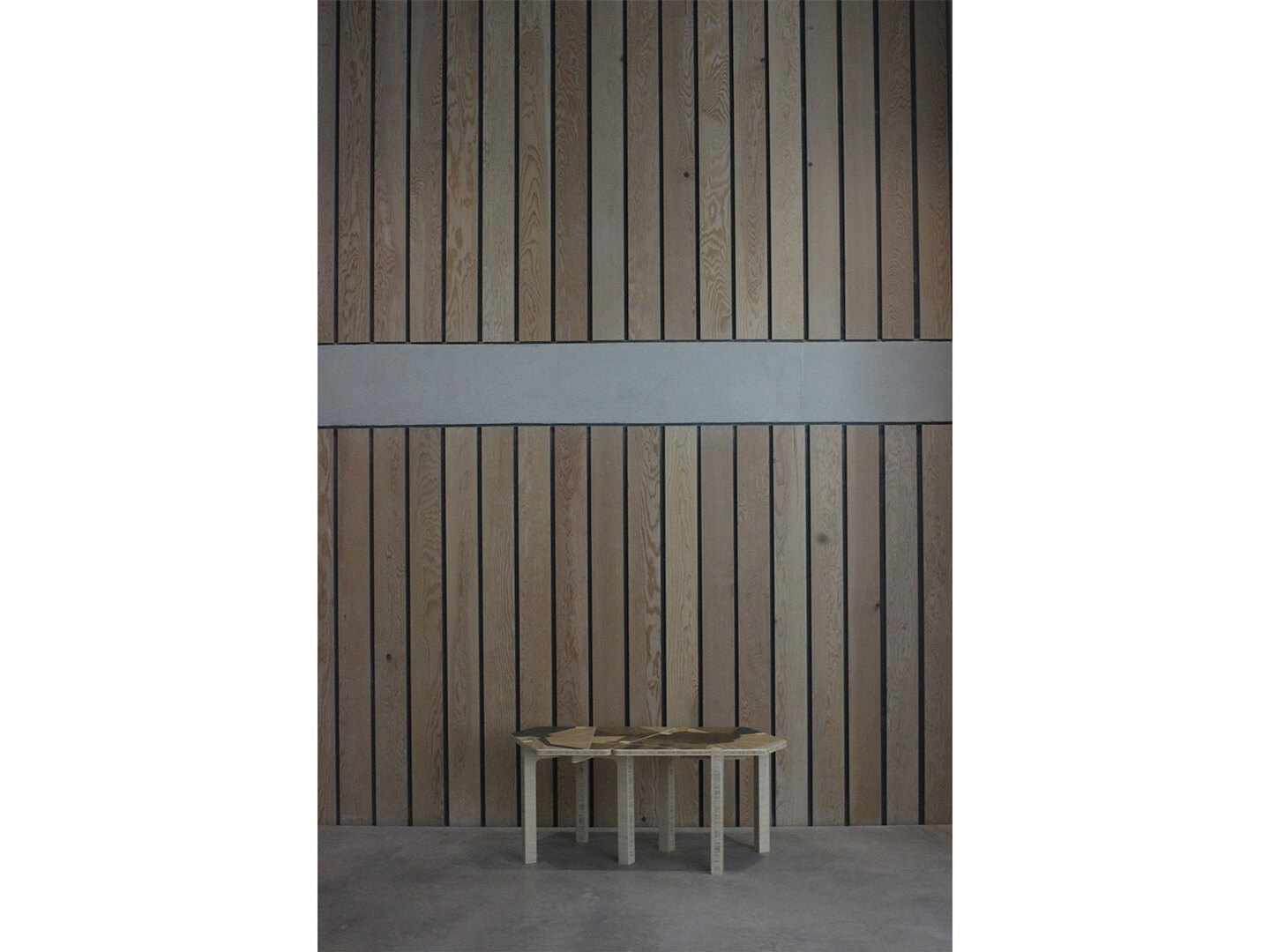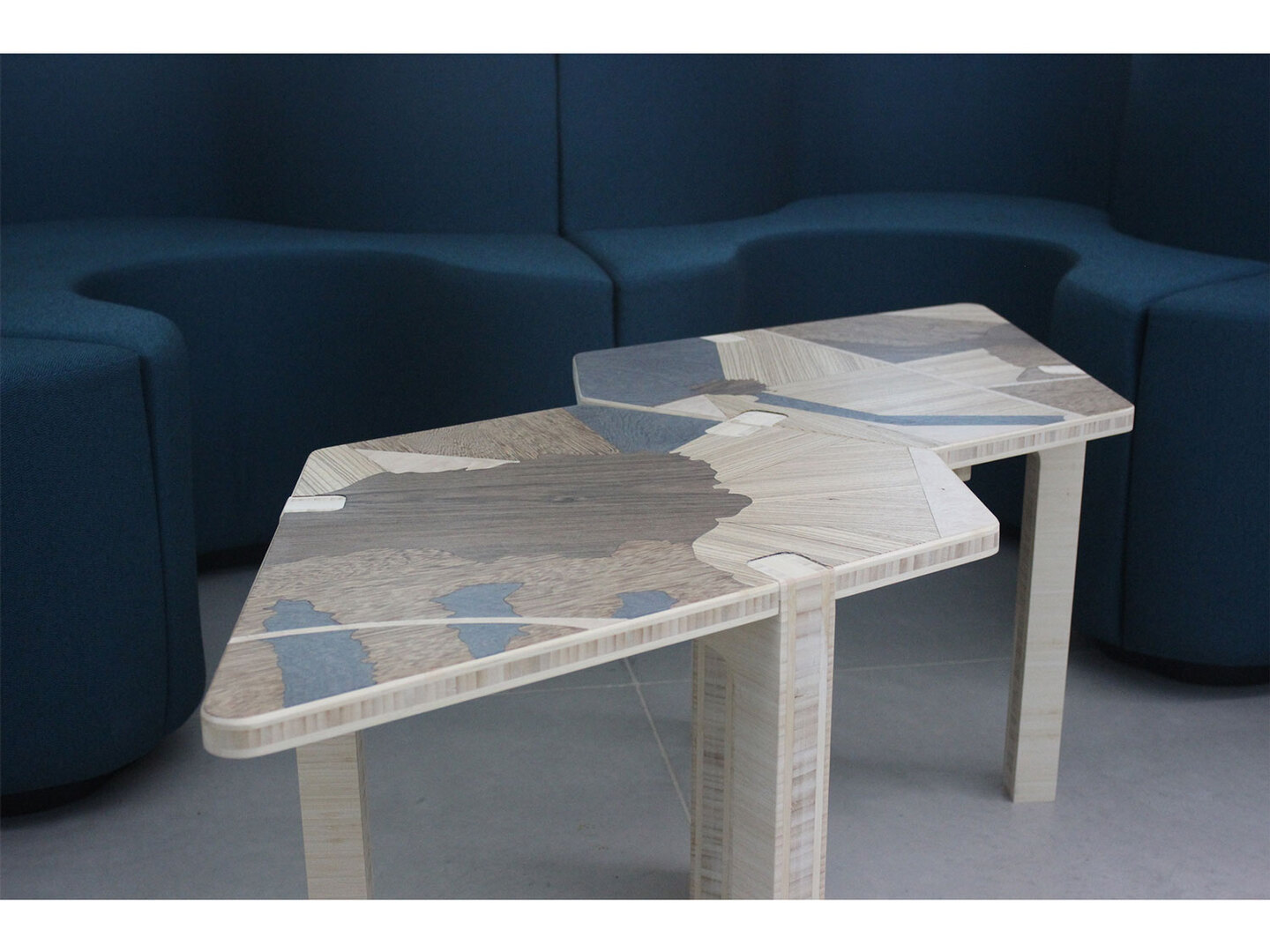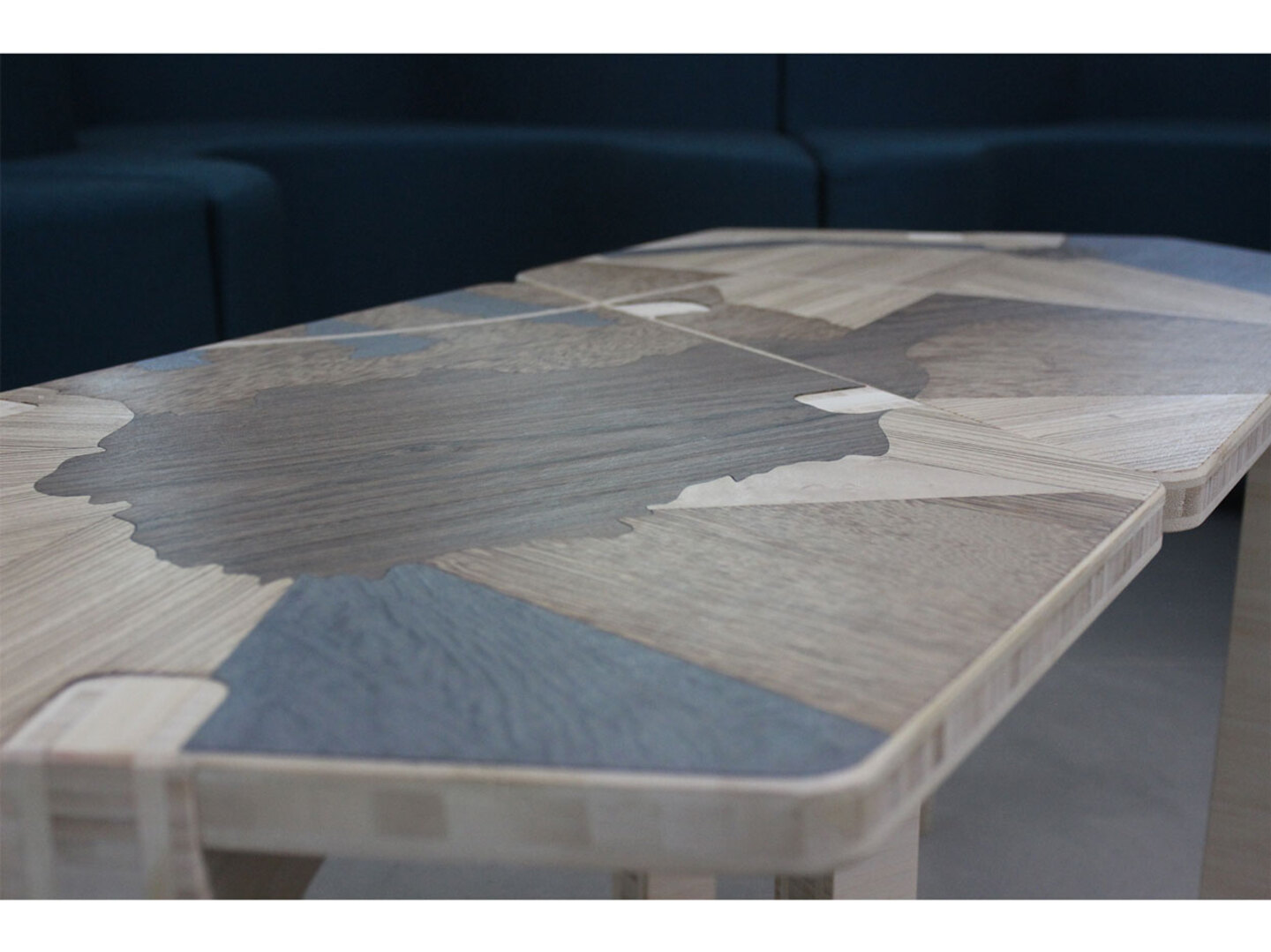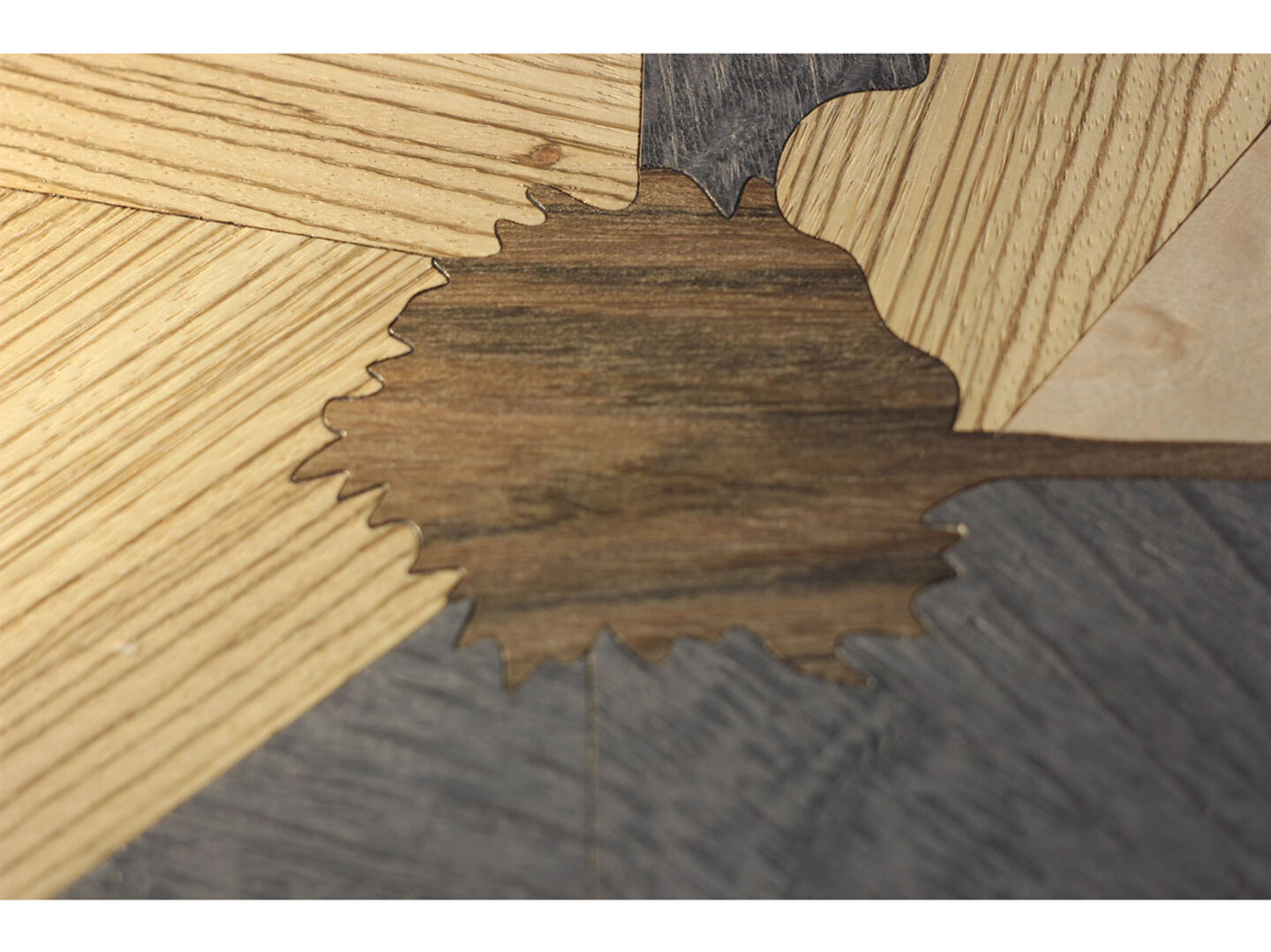Toby Andruskevicius BA (Hons) Three Dimensional Design
‘Sustainability is now a keyword for many manufacturers and products. Consumers are demanding more transparency regarding the makeup of products, and the furniture industry must adapt to this growing demand, and build upon ideas to innovate even further, creating proposals and campaigning for better ecological standards. Generating a will within the consumer base to help play their part in solving a problem started generations ago.’
I have designed and made a pair of bamboo flat-packed coffee tables, aimed at tackling fast furniture and bringing more awareness to areas most affected by deforestation. I believe this product has viable commercial potential and by using a similar blueprint of construction and design method, can be upscaled into a wider variety of furniture.
During the research stage, I looked for long-lasting materials that have unique qualities, such as the bamboo plywood boards that were used to make the tables. My product utilises a single material that is among the most sustainable resources that can be used today, in hope of showing that a sturdy, good looking item of furniture can be put together easily by the user and without the need for mass deforestation, mined metals or toxic glues.
My aim during construction was simple. Using a CNC machine to complete a majority of cutting, I would try to come up with a clever way of joining three legs to a tabletop without the need for any other materials, screws, or glue. I came up with a method of securing the legs to the edge of the table by having them pinching inwards from the outer edges. Central locking triangular pieces sit on the underside of the table securing the three legs together via a small dowel and making the table more structurally sound.
The marquetry patterns are inspired by aerial shots taken via Google Earth of areas of deforestation and bauxite mines, where they extract aluminium, the main metal used in the furniture industry. I took these locations and coordinates and spent time finding them on google earth. Once I found the locations, I looked for land that had an interesting surface texture/pattern to it and positioned the camera height and angle to capture screenshots of earth that I believed carried a strong narrative and potential for an interesting tabletop pattern that would make the user wonder why the piece existed, providing its owner with a topic for discussion and story.










